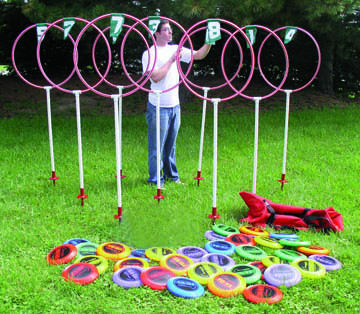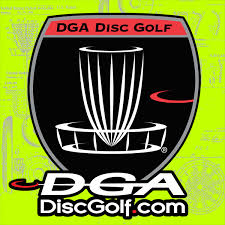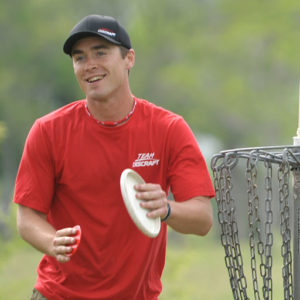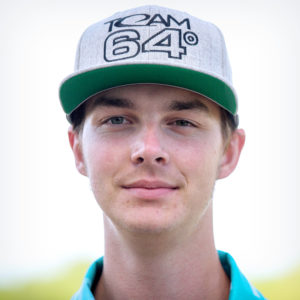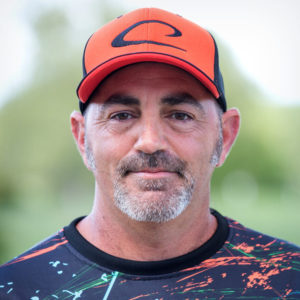Disc golf was first invented in the early 1900s. The first game was held in Bladworth, Saskatchewan, Canada in 1926. Ronald Brandon Cain and a group of his Bladworth Elementary School buddies played a game of throwing tin lids into 4 foot wide circles drawn into sandy patches on their school grounds. They called the game Tin Lid Golf and played on a fairly regular basis. However, after they grew older and went their separate ways, the game came to an end. It was not until the 1970s that modern disc golf would be introduced to Canadians at the Canadian Open Frisbee Championships in Toronto and Vancouver, BC.
Modern disc golf started in the early 1960s, but there is debate over who came up with the idea first. The consensus is that multiple groups of people played independently throughout the 1960s. Students at Rice University in Houston, Texas, for example, held tournaments with trees as targets as early as 1964, and in the early 1960s, players in Pendleton King Park in Augusta, Georgia would toss Frisbees into 50-gallon barrel trash cans designated as targets. In 1968 Frisbee Golf was also played in Alameda Park in Santa Barbara, California by teenagers in the Anacapa and Sola street areas. Gazebos, water fountains, lamp posts, and trees were all part of the course. This took place for several years and an Alameda Park collectors edition disc still exists, though rare, as few were made. Clifford Towne from this group went on to hold a National Time Aloft record.


